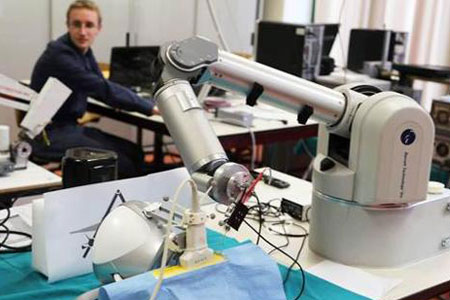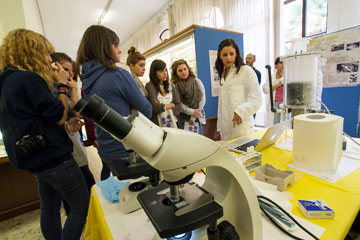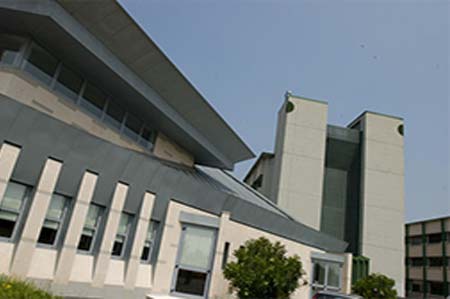Title: An introduction to the use of mathematical models for the simulation of infectious disease.
Instructor: Alex Viguerie (National Center for HIV, Viral Hepatitis, STD, and TB Prevention, Centers for Disease Control and Prevention, Atlanta (GA), USA
Abstract
The outbreak of COVID-19 has led to a surge in interest of the mathematical modeling of infectious
disease. Many of the introduced models are so-called compartmental models, in which the total quantities
characterizing a certain system may be decomposed into two (or more) species that are distributed into
two (or more) homogeneous units called compartments. This short course will introduce the notion of a
compartment model and the basics of their development, beginning with generalized renewal (integral)
equations. We will begin with the standard SIR (susceptible-infected-recovered) model, and gradually
introduce more realistic models that account for factors such as general distributions of infectious periods,
waning immunity, vaccination, and more. Other relevant topics, such as agent-based models, back-
calculation, Other types of modeling, such as agent-based models, will be discussed briey, as well as
other important topics, such as back-calculation and inference. Some sample python code will be provided
for numerical examples. The course is open to all students; however previous exposure to differential
equations and basic programming concepts is recommended.
TIMETABLE: 24-28/10/2022
Mon 15:00-18:00 aula G CV2
Tue 10:30-12:30 seminar room II floor CV2
Wed 11,30-13,30 aula T.04 CV3
Thu 9,30-11,30 aula G CV2
Fri 10,30-13,30 Atrium CV1 (if necessary)







